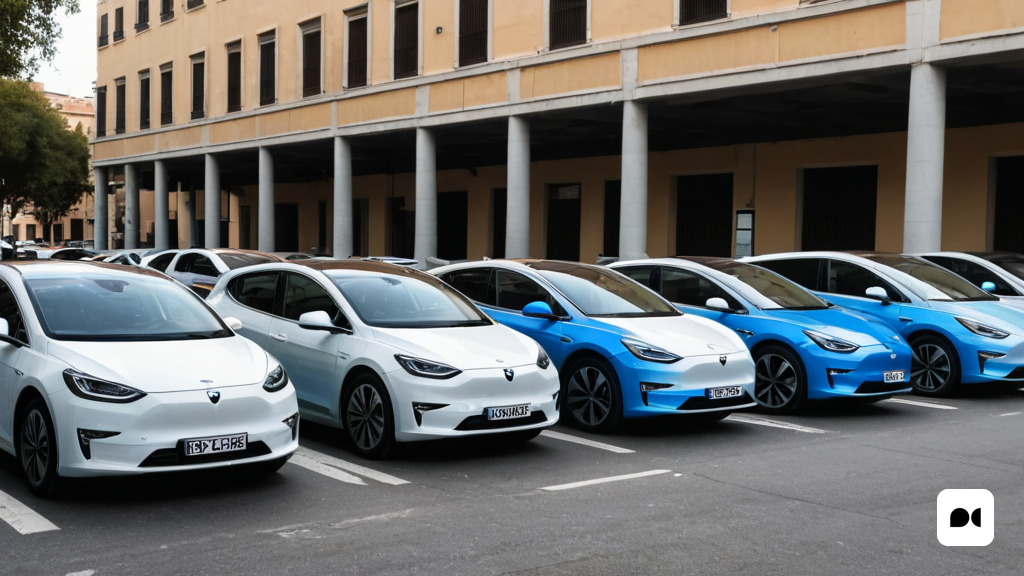The growing weight of electric vehicles in Spain
Electric vehicles are gradually gaining ground in Spain. Traffic restrictions to reduce pollution are becoming more and more strict, and this has prompted many people to consider the purchase of a new vehicle. In this context, a significant part of the population is choosing to leave behind combustion cars that run on gasoline or diesel.
The l’icing problem
Recently, a problem called ‘icing’ has been highlighted that is affecting electric vehicles in Spain. This phenomenon refers to the practice of petrol and diesel vehicles occupying the parking spaces reserved for electric vehicles, thus preventing the latter from being able to recharge. This situation has generated a lot of controversy and has highlighted the need for better regulation and signaling in this area.
The problem of icing in Spain
In Spain, the current laws and signage are not effective enough to prevent icing. The spaces intended for electric vehicles are often not clearly indicated or marked, which allows combustion vehicles to occupy these areas without restrictions. This has generated a conflict situation and has highlighted the need for better regulation and signage to ensure the appropriate use of these areas.
Penalties for improper parking
Fines for improper parking in these areas can range from 100 to 200 euros. This has highlighted the importance of raising awareness of the need to respect the areas designated for electric vehicles and to avoid practices such as icing, which endanger the transition to more sustainable vehicles.
Impact on the transition to electric vehicles
This icing phenomenon represents a significant obstacle in the transition to electric vehicles. The conflict situations and fines associated with this practice can generate mistrust and suspicion in those considering making the switch to electric vehicles. This highlights the need for stronger regulation and more severe penalties to ensure an effective transition towards more sustainable vehicles.

